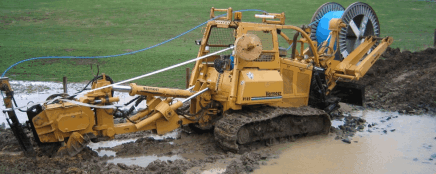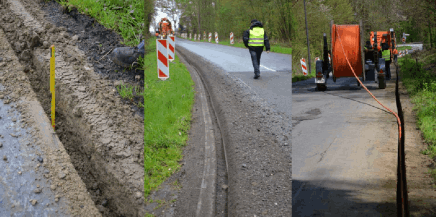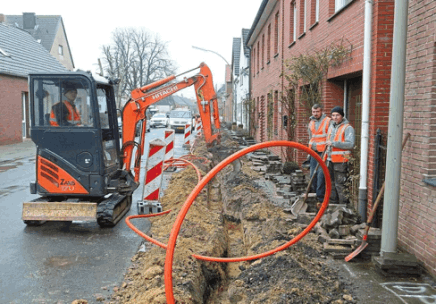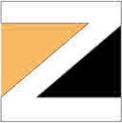Bearing in mind modern development of equipment used for trenchless communications laying, we propose to consider such alternative method of fiber-optic communication lines installing as Horizontal Directional Drilling and, in some cases - Microtunnelling. Horizontal directional drilling (HDD method) is a way to install various communications underground using the trenchless method. When using this method, landscape surface remains untouched, including landscaping elements, roadway, buildings and other objects. At the moment, there are several proven methods of horizontal directional drilling that have been developed, they are actively used in order to reduce the cost of communications installing and to preserve objects on the surface of the ground.



